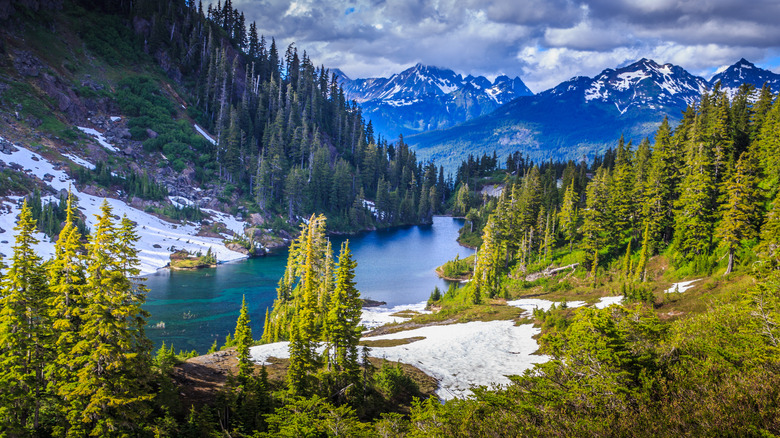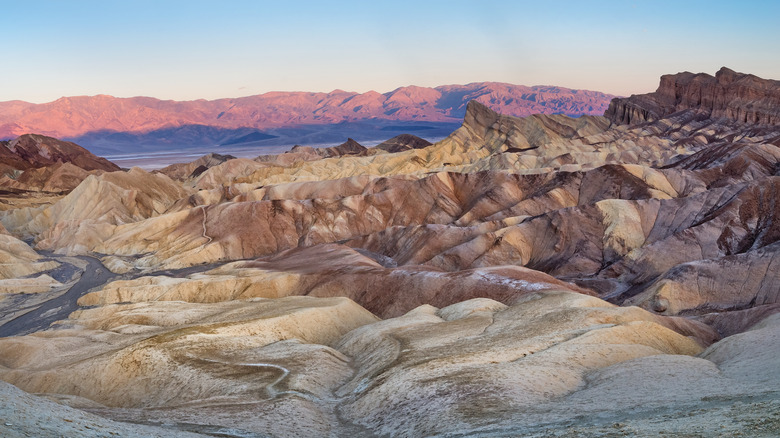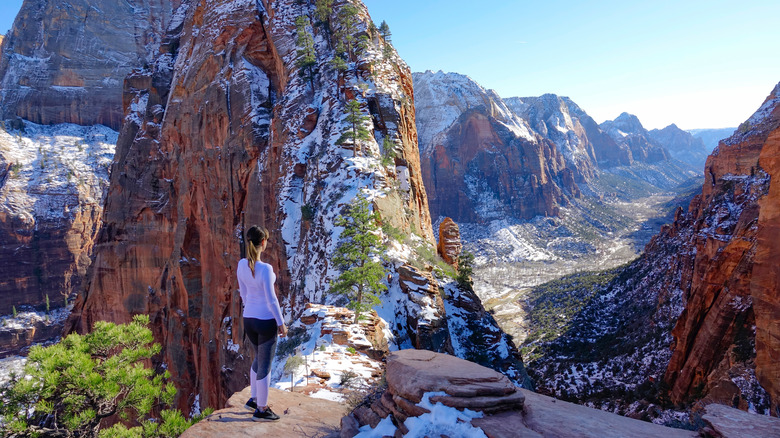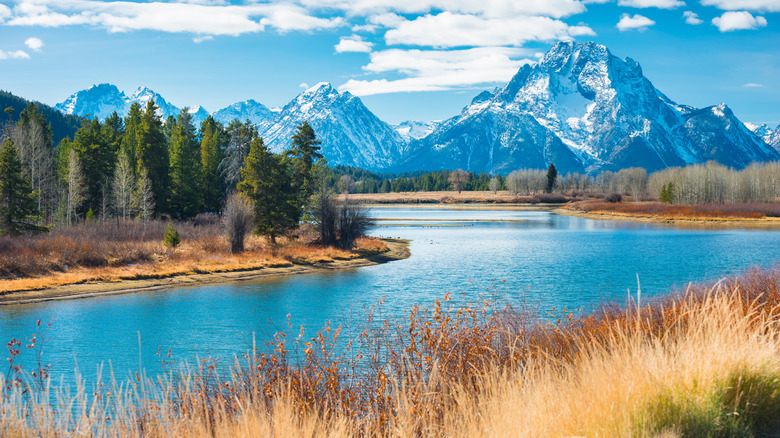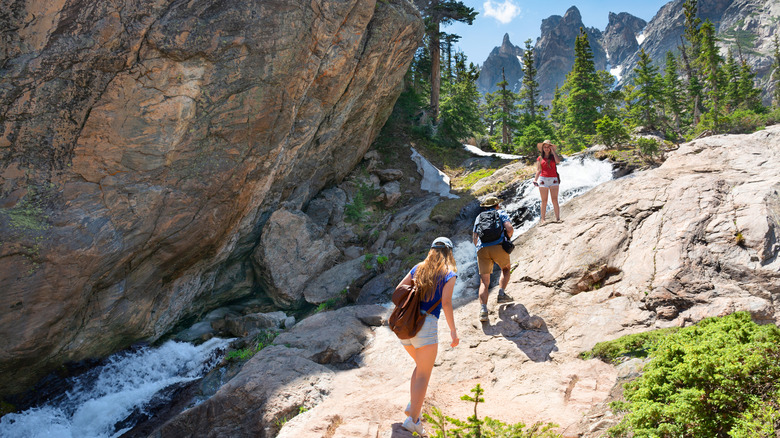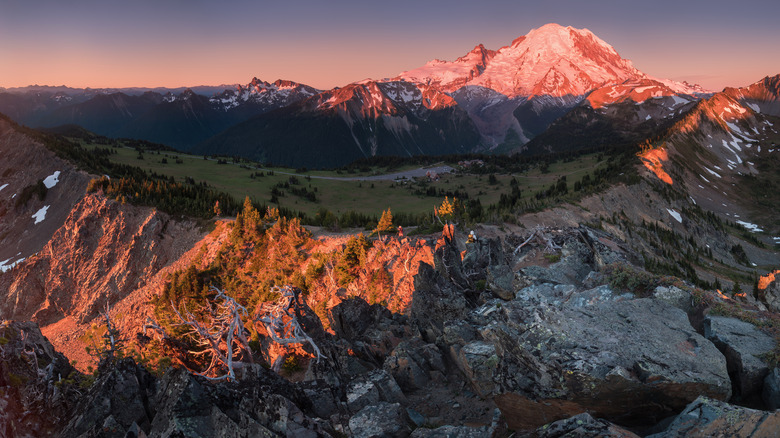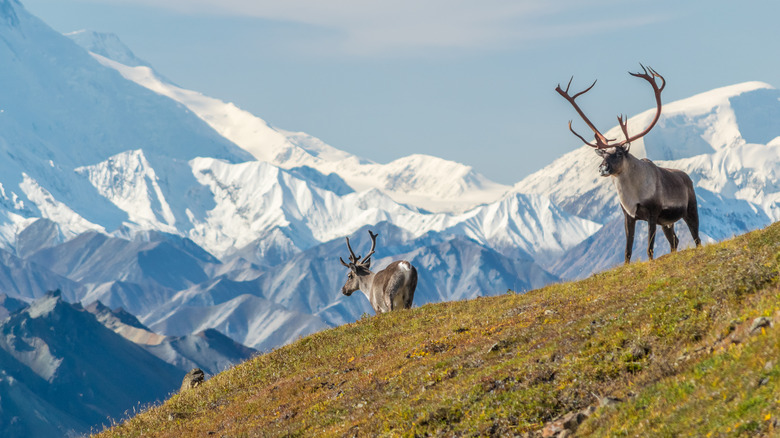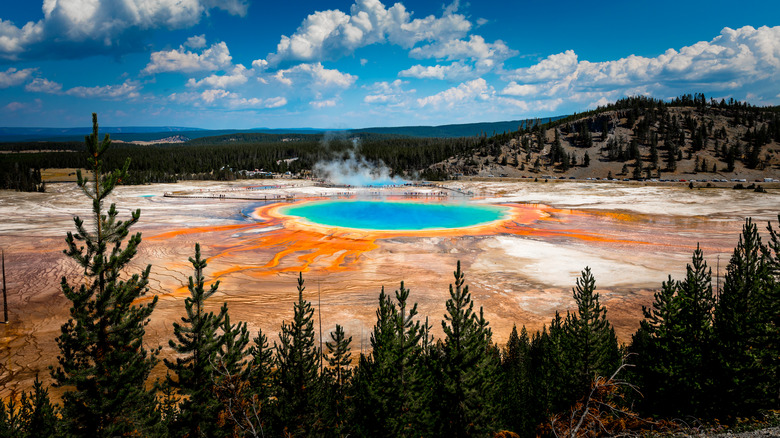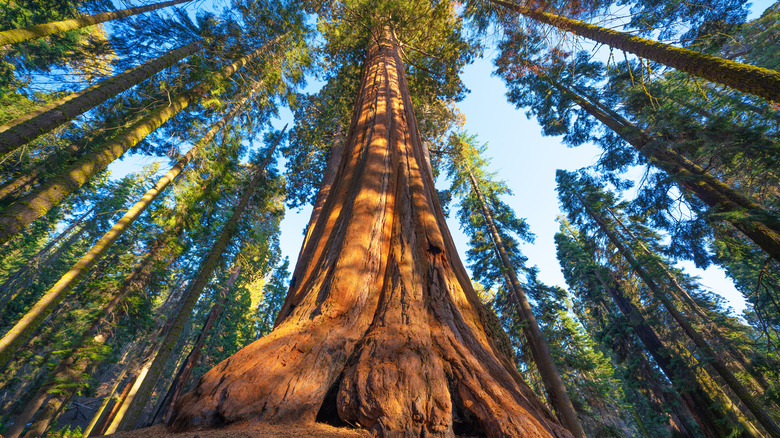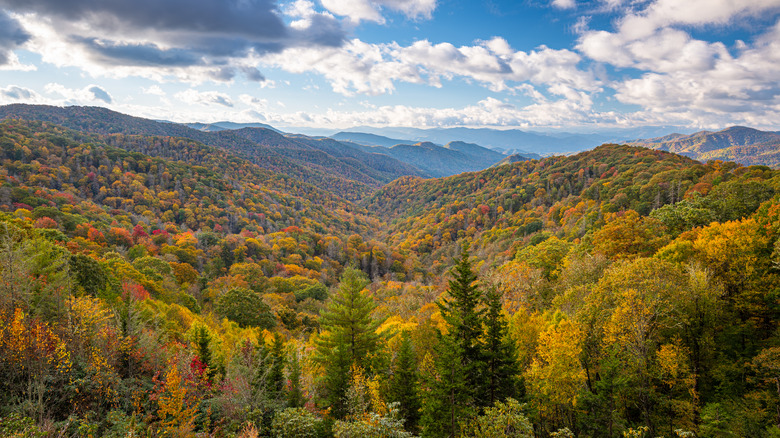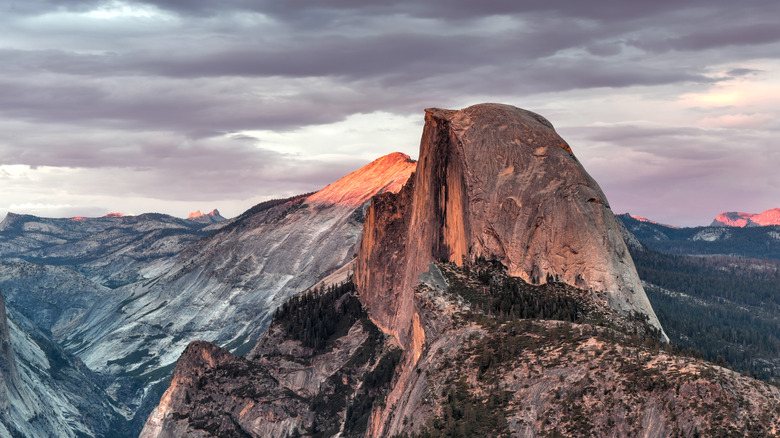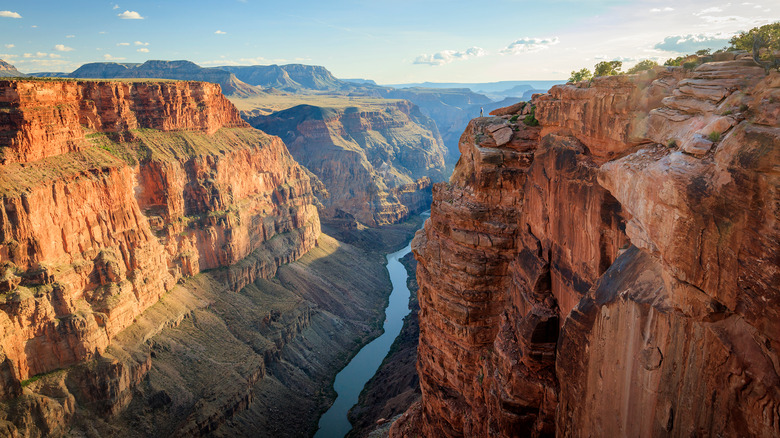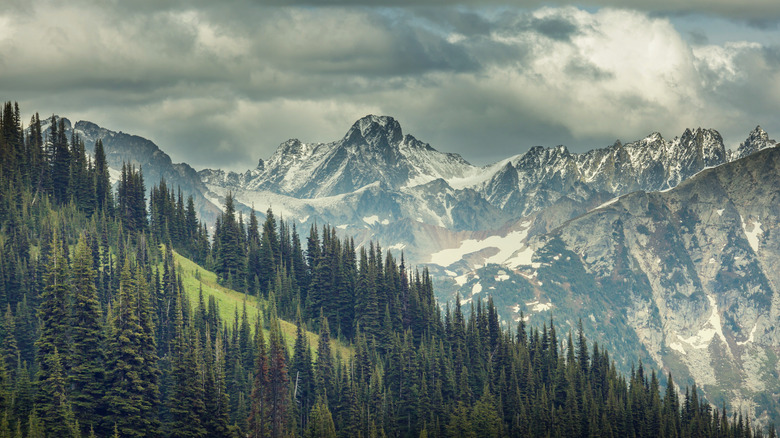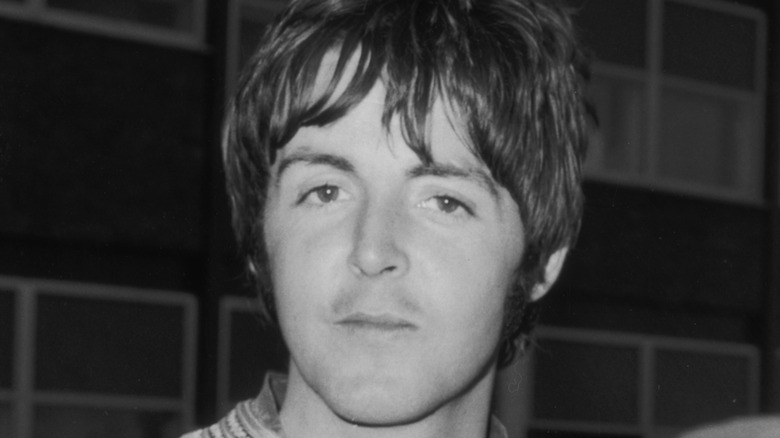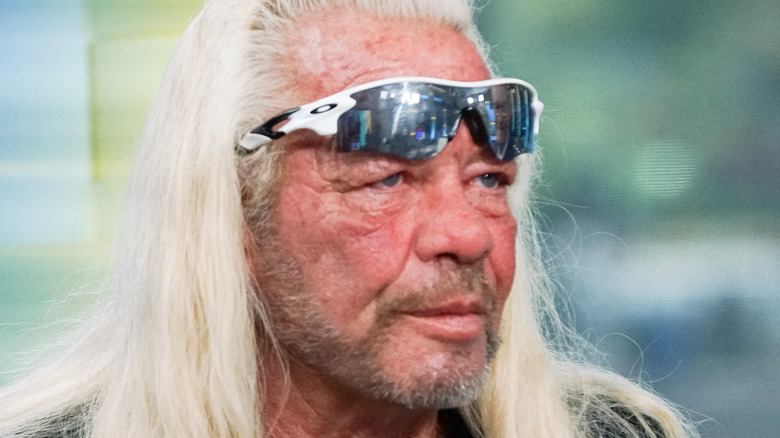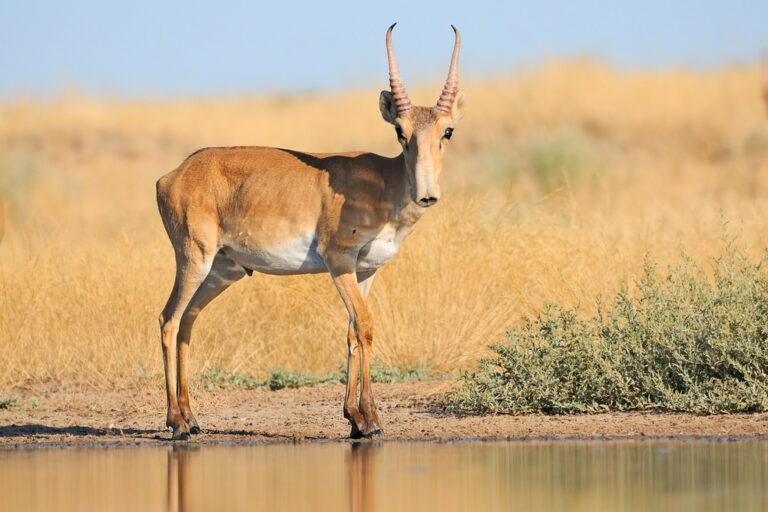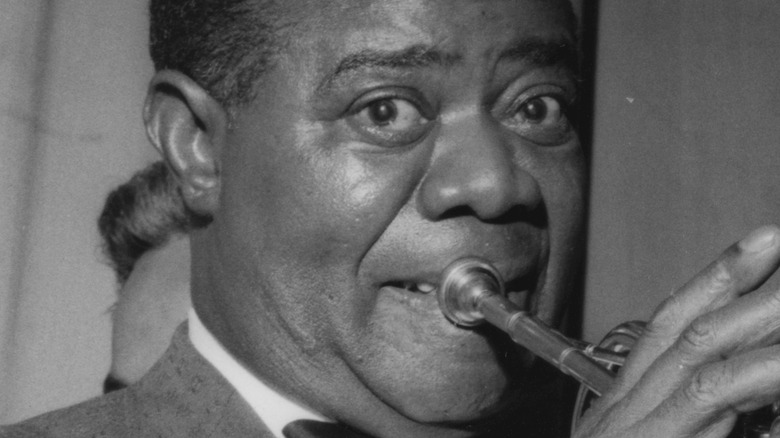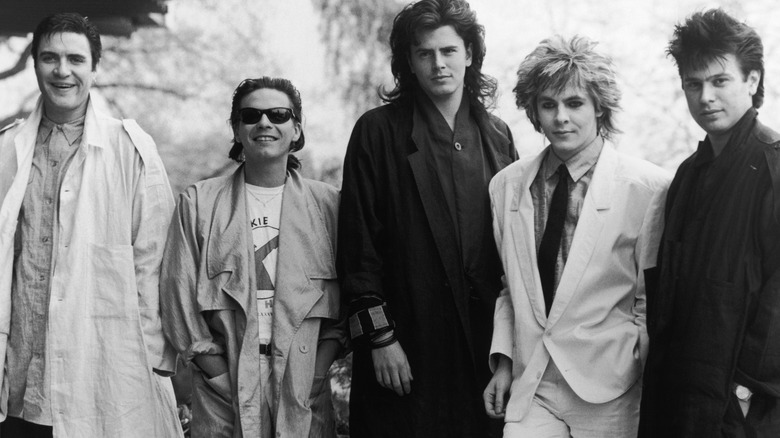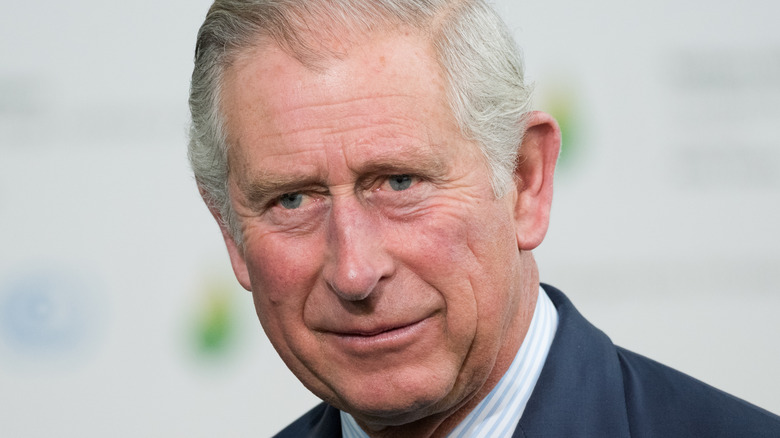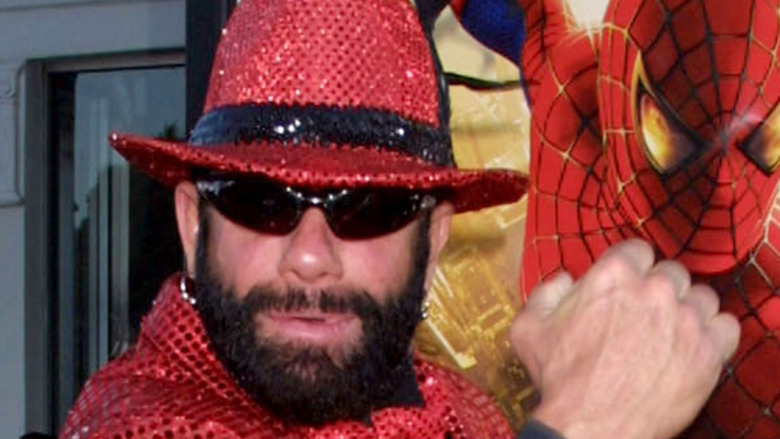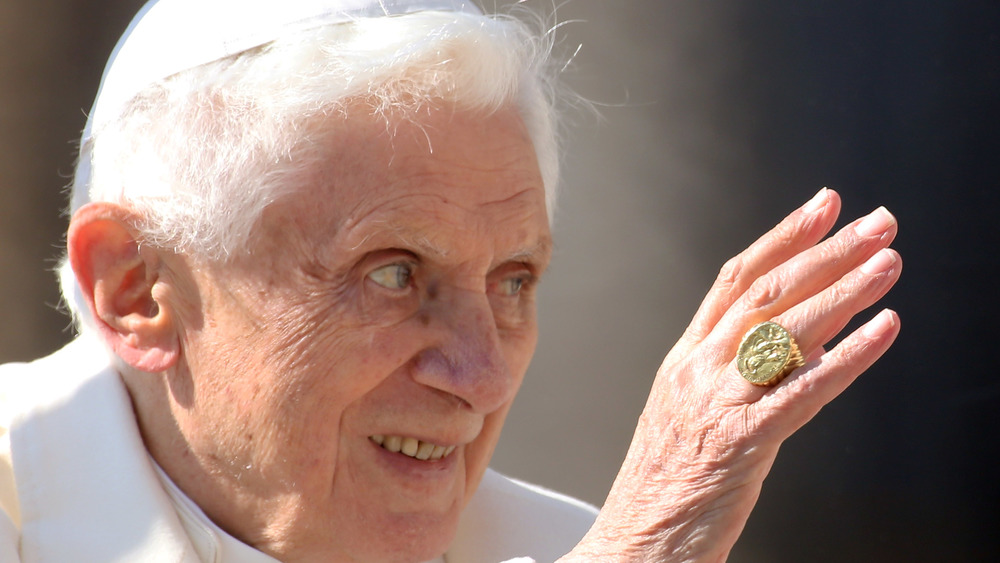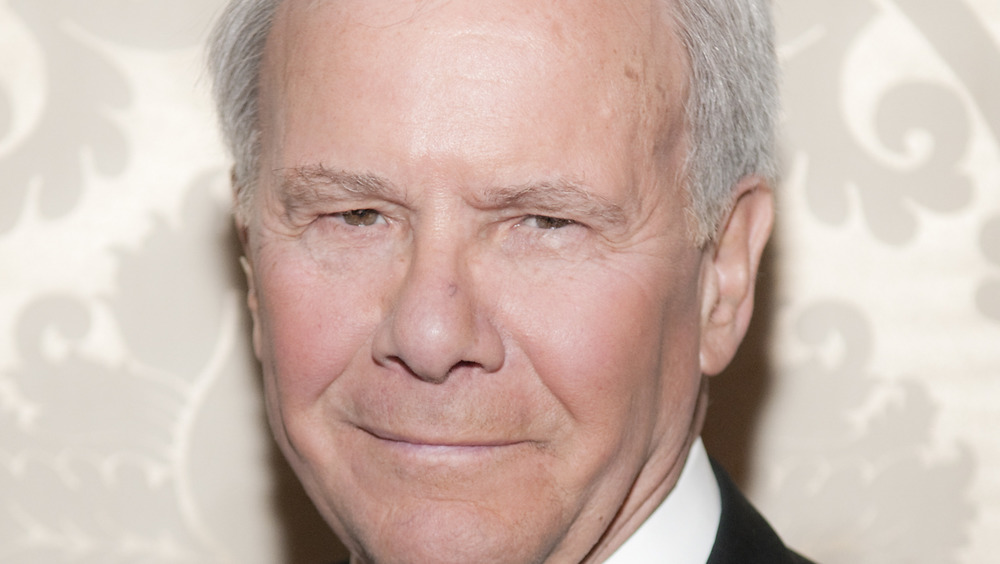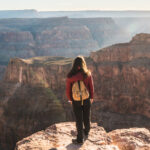
Most Dangerous US National Parks
National parks are America’s greatest treasures. Every year, more than 300 million people visit (in normal years, anyway), and every year, these people are rude to each other, leave trash everywhere, squabble over parking spots, and buy t-shirts. And the national parks are mostly okay with this, except when they randomly kill a tourist or two.
You see, it’s not just about spending time in the great outdoors and sitting in long lines of cars trying to get in during peak traveling seasons. Visiting a national park is also about staying alive. Now granted, people in national parks do some pretty dumb things, and a lot of the time the people who die in national parks are the ones who were doing the dumb things. But sometimes tourists just get in over their heads, or get unlucky. And it’s not the parks’ fault, although it does start to seem kinda suspicious after like the 900th death or so.
Whether they do it on purpose or are really just the non-sentient tracts of land they pretend to be, here are the 12 most dangerous national parks in the United States. Just to keep things simple, we’re ranking based on the total number of deaths over the last 10 years or so (after all, visiting a national park is generally safer in the modern era than it was 100 years ago). But you can also rank deaths per 10 million visitors and come up with a whole ‘nother list. Have fun.
Glacier National Park has lots of lakes for drowning
In the lowly 12th-place position is Montana’s Glacier National Park, known for its million-plus acres of mountains, lakes, and streams, views from dizzying heights and 26 glaciers, all of which are shrinking and might actually disappear in a decade or two. So you know, if you’re going to go, you should go soon.
Be careful though, because Glacier is not kind to people who make mistakes. According to the Great Falls Tribune, there were 260 deaths at Glacier during its first 100 years, and between 2010 and 2020 — the years used for this ranking — there were 40 deaths, or roughly four a year. Surprisingly, falling isn’t the top cause of death at Glacier. In fact, falling ranks third, just after medical deaths and drowning, which are tied for first place. In case you’re wondering, medical death is kind of an umbrella term that includes things like heart attacks and heat stroke, and presumably also something like dying in your sleep or choking on a piece of beef jerky.
Glacier National Park has 131 “named lakes” and 631 that no one bothered to give names to, so there are plenty of places to drown, especially if you are hiking solo. That’s what happened to 19-year-old Jason Kreiser, who disappeared while hiking alone in Glacier National Park and was found by hikers six weeks later. Officials think Kreiser slipped while trying to cross a waterfall drainage, fell into the water, and drowned.
In Death Valley, people mostly just crash their cars a lot
With a name like “Death Valley,” you’d think this desert park in the southeastern corner of California would rank a little higher on the list. Come on, Death Valley, it’s clear you’re just not trying hard enough.
With just one more death than Glacier National Park over the 10-year period between 2010 and 2020, Death Valley just barely makes the top 12. People die in Death Valley for much different reasons than in Glacier, though. In 10 years, there has been just one death by drowning in California’s famous desert, which is exactly one more than you would expect in a place that gets like two inches of rainfall a year. Instead, most people who die in Death Valley die in traffic accidents, which frankly is a pretty boring way to go when you’ve gone to all that trouble to visit the hottest place on Earth.
While eight deaths in Death Valley were listed as “undetermined,” seven were just called “environmental.” Outforia, the magazine that compiled the information, doesn’t explain what precisely an “environmental death” actually is, but we’ll assume it’s stuff like flash floods, fires, and things falling on you. Weirdly, medical deaths are uncommon in Death Valley — there were just two between 2010 and 2020, which means people must be following the conventional wisdom of carrying lots of water and avoiding the hottest parts of the day. Ten-year death toll for Death Valley: 41.
If the heat doesn't kill you the fall probably will
Zion National Park in Utah is a hot place. According to the National Park Service, temperatures in July and August typically reach around 100 degrees … and that’s the average temperature. The highest recorded temperature in Zion in the summer is actually 115, so that would make for some pretty miserable hiking. It doesn’t even have to be that hot to kill someone, either. On August 31, 2021, it was just 84 degrees when 32-year-old hiker Henry Wolfe collapsed and later died from heat exhaustion.
Most people who die at Zion don’t die from the heat, though. They die in falls. In fact, of the 43 deaths at Zion between 2010 and 2020, 22 were falls. That’s compared to just three “medical/natural deaths.” At least five falls happened at the appropriately named Angel’s Landing, which has been the site of around 15 deaths in the last century.
Angel’s Landing is a 5.4 mile round-trip with a gain of about 1,500 feet. The last half mile is narrow, features a sheer drop on one side, and occasionally has a sheer drop on the other side, too. This part of the trail is nicknamed the “chains section” after the chain handrails, which are clearly not a foolproof way to prevent falls. And in case you don’t want to fall from Angel’s Landing, there are plenty of other places in the park where you can meet the same fate.
At least you can enjoy the view on your way down
Grand Teton National Park in Wyoming is one of the most scenic places in the world, but don’t let its good looks fool you. Beneath those 485 square miles of valleys, alpine lakes, and gigantic mountains lies the frozen heart of a killer.
If you read newspaper reports about people who died at Grand Teton National Park, the words “plunged to his death” start to become a running theme. In fact, according to Outforia, between 2010 and 2020 there were 21 fatal falls out of 48 deaths in total, which is more than double the number of environmental deaths. Most of the people who die in falls seem to be climbers (vs. hikers on narrow trails) and the heights in the park are pretty dizzying, so it really isn’t a huge surprise that this is the Tetons’ preferred way to kill people.
At 13,775 feet the park’s highest peak, Grand Teton, is just one of eight 12,000 foot-plus peaks in the park so if you’re a mountaineer you can choose from multiple views to ponder as you fall to your death. And if you don’t fall, then the weather can kill you, too. The “Climbing & Mountaineering” page on the park’s website warns of afternoon storms that come on suddenly and pummel unsuspecting climbers with rain and hail. In fact, death by lightning strike isn’t unheard of in the Grand Tetons — 25-year-old Erica Summers was killed that way in 2003.
Rocky Mountain National Park likes to be unpredictable
Like Grand Teton National Park, Rocky Mountain National Park in Colorado is full of grand views, lots of rugged mountains, beautiful lakes, and death. At 415 square miles, it’s smaller than Grand Teton National Park, and it’s clearly trying to make up for its shortcomings by killing more people than its much larger cousin.
To be fair, only 18 people died from falls at Rocky Mountain National Park between 2010 and 2020 (that’s out of a total of 49), but Outforia lists seven additional deaths as “undetermined” and 11 as “other,” so clearly, Rocky Mountain likes to mix it up a little bit when it’s doing the business of killing tourists. Interestingly, Outforia doesn’t say what an “other” death is but the icon is a tiny camera, so it seems like at least some of them might be selfie-related. (Fun fact: more than 300 people have died while taking selfies just in the last decade.)
Also here’s a new one: One death from poisoning, though details on that one are non-existent because it somehow managed to entirely bypass the news cycle.
Mount Rainier is giving Everest a run for its money
Mount Rainier National Park in Washington is yet another national park with beautiful views from dizzying heights and a remarkable number of deaths by falling. Between 2010 and 2020, 51 people died in total at Mount Rainier and 19 of those deaths were falls. Another 12 deaths were in the “environmental” category.
One of the most dangerous activities at Mount Rainier appears to be climbing the park’s namesake — according to MyNorthwest something like 116 people have died either while trying to reach the summit, coming down from the summit, or just climbing around on the slopes. Just by way of comparison, around 300 people have died trying to climb Mount Everest, so Rainier is more than 1/3rd of the way there.
Still, that pales in comparison to the total number of people who have died in the park itself since 1897, which is “at least” 400 according to National Park statistics. Besides falls, some other common causes of death are avalanches (a single avalanche killed 11 people in 1981), rockfalls, and a plane crash that killed 32 Marines in 1946.
This national park has a long, long history of killing people
With 51 deaths between 2010 and 2020, Denali National Park in Alaska is tied with Mount Rainier for the sixth most deadly park in America. There is a good argument to be made, though, that this park is actually the more deadly of the two because it has less than half as many visitors. So per capita, Denali is laughing at its much less-remote cousin. In fact if you’re going with the number of deaths per 10 million visitors, Denali is actually the second most deadly national park in America.
Denali is unique because it has so many environmental deaths, which shouldn’t surprise you at all because according to the National Park Service the average temperature in that park in January is like two. Tourists aren’t really hanging out there much in January, of course, but avalanches are common and ice falls have also killed visitors. In the summer of 1967, seven people died in a storm on Mount Denali that lasted seven days, so even when it’s not two the weather isn’t exactly friendly.
Denali is also one of only two parks in the top 12 that include one or more deaths by animal. That was in 2012, when a 49-year-old man decided to spend eight minutes photographing a bear, who eventually got fed up with all the camera-clicking and attacked.
Yellowstone is actually pretty safe unless you're driving
Yellowstone in Wyoming, Montana, and Idaho is America’s favorite National Park, except that it’s not … in fact it’s not even the fifth most-visited National Park. Yellowstone ranks sixth in terms of number of visitors, and the park is clearly so annoyed by this that it kills people as an act of revenge, sort of like the National Park version of “Heathers.”
Fifty-two people died in Yellowstone between 2010 and 2020. Tied for first place as the most common way to die in America’s sixth most popular national park is … drumroll … traffic accidents. Yes, the park is so crowded and full of people who are staring out the window instead of at the road that visitors who suffer fatalities end up doing it in the most basic way possible. Twelve people suffered this fate during that 10-year period, another 12 died from medical emergencies or natural causes, and seven deaths were “undetermined.”
Yellowstone also has occasional deaths-by-animal. All three of the most recent of these deaths appear to have been caused by grizzly bears, so no surprises there. According to the National Park Service, though, death by grizzly is pretty rare even when you consider everyone who has been killed that way since 1872. The total number of grizzly-related deaths since the park’s founding is eight. So it’s still worth being cautious, but the real danger comes from drivers who are looking at the bears instead of the road.
Big trees and big danger (if you don't know what you're doing)
Sequoia and Kings Canyon National Park in California is one of several places where you can see giant sequoia redwood trees. It is also the home of General Sherman, widely believed to be the largest living thing in the world. Even so, this park is not a super-high traffic destination, with only about 1,900,000 annual visitors. And yet for some reason, there were 75 deaths at Sequoia and Kings Canyon National Park between 2010 and 2020. The major cause of death by far is from falling (are you sensing a trend yet?) although drowning was also a big one for this park.
General Sherman himself doesn’t seem to be killing anyone, but the park hosts the headwaters of four major rivers, and people who fall into fast-moving water sometimes don’t come out again, at least not alive. Other hazards include the 72-mile High Sierra Trail, which climbs about 15,000 feet to the top of Mount Whitney and offers plenty of opportunities for falling or dying from basically overestimating your own abilities. Climbers on Mount Whitney have died in lots of different ways, from falls to lightning strikes. Hypothermia is a risk, too, and on its website the National Park Service also warns hikers about altitude sickness, which can impair your judgement and cause dangerous physical symptoms.
Traffic accidents, medical emergencies, and also poison
America’s most popular national park is not Yellowstone or the Grand Canyon or Yosemite, it is the Great Smoky Mountains in North Carolina and Tennessee. That’s maybe just a little bit surprising to some of us because let’s be real, the summer weather in the Great Smoky Mountains kind of resembles dog’s breath. Daytime highs are typically in the low 90s, and that’s not a dry low 90s, it’s a humid, sticky, yucky low 90s. Still, the Great Smoky Mountains has 800 miles of hiking trails, some super cool restored historical structures, and tons of wildlife, so there are definitely good reasons to visit.
With more than 12 million visitors a year, it probably won’t surprise you to hear that the biggest killer in this park is the lowly car crash. Thirty-seven of the 92 people who died in the Great Smoky Mountains between 2010 and 2020 were involved in automobile accidents, while another 15 suffered medical emergencies or natural deaths.
There were a couple of poisonings in the park during that 10-year period, too, though it’s unclear if the death of 30-year-old William Lee Hill in 2019 was counted among them. According to local news station WRIC, Hill died from “accidental methamphetamine intoxication,” though at first it looked like he’d been killed by a bear. Officials euthanized the black bear that was scavenging his remains.
If climbing Half Dome looks totally insane, that's because it is
California’s Yosemite National Park had a whopping 126 deaths between 2010 and 2020, and most of those were climbing accidents. In fact, Half Dome — one of the park’s most iconic rock formations — boasts a grand total of at least 20 deaths all by itself, and 13 of those deaths have occurred since 2005. People die on Half Dome because let’s just face reality all of you crazy people who think climbing things is a good idea: Half Dome was maybe just not meant to be climbed. In order to descend Half Dome’s almost vertical rock face, you have to hang onto cables. According to BikeHike, the cables are not easy to go down when they’re dry, but when they’re wet they can be extra treacherous.
If your plan is to skip Half Dome and do El Capitan instead, well, your odds aren’t really much better. Yosemite’s other iconic rock formation was the site of 30 deaths between 1905 and 2018. Even people who know what they’re doing fall off of El Capitan.
Okay so you’re going to skip Half Dome and El Capitan and go for a swim instead … well, don’t do that either. With 17 fatalities in a 10-year period, drowning was the third most common cause of death at Yosemite, behind medical deaths, which numbered 26.
The Grand Canyon is the reigning queen of tourist murder
Alas we have arrived at the evilest of all national parks, Arizona’s Grand Canyon, where people are swallowed up like potato chips just because the park is having a bad century. But hey let’s be fair, if you got called “vast” and “cavernous” all the time, you’d probably be a little grumpy, too.
Between 2010 and 2020, 134 people died in the Grand Canyon. Most of these deaths — 42 of them — were medical deaths, which include things like heat stroke and heat stroke’s polar opposite, drinking too much water. Next on the list is falls, because of course falls. According to the National Park Service, the Grand Canyon is about one mile deep, which makes things like pretending to fall and taking selfies on the edge of the canyon especially bad ideas. Also there was also this guy who used the Grand Canyon as a murder weapon, so just about every way a person can fall, well, that’s a fall that’s happened in the Grand Canyon.
If you think 134 is a big number, the grand total for the Grand Canyon since its founding is more than 900 fatalities. That number is skewed a bit, though, by the mid-air collision that happened there in 1956, claiming the lives of 128 people. Plane crashes remain the most common cause of death at the Grand Canyon, mostly because the number is heavily weighted by that one incident.
Honorable mention: this national park you've probably never heard of
Since this list was based on the total number of deaths in America’s national parks as opposed to deaths per so many visitors, it seems only fair to mention this one other park: North Cascades National Park in Washington state, which has the honor of being the nation’s most dangerous national park per 10 million visitors.
Like Glacier National Park in Montana, North Cascades offers lots of beautiful high altitude hikes and, according to the National Parks Service, melting glaciers. So if you’re going to go, go now. And watch your step. This park has a whopping 652 deaths per 10 million visitors — that’s more than six times as many as Denali National Park, which was the runner up on this particular list.
North Cascades kind of has a sample size problem, though. It’s not a very high-traffic park (less than 300,000 people visited in total between 2007 and 2018), and the actual number of deaths is actually only 19. So it kind of seems more likely that this is simple bad luck rather than a deadly trend. We won’t really know until more people start visiting North Cascades, so, why not take part in the grand mortality experiment? We dare you.
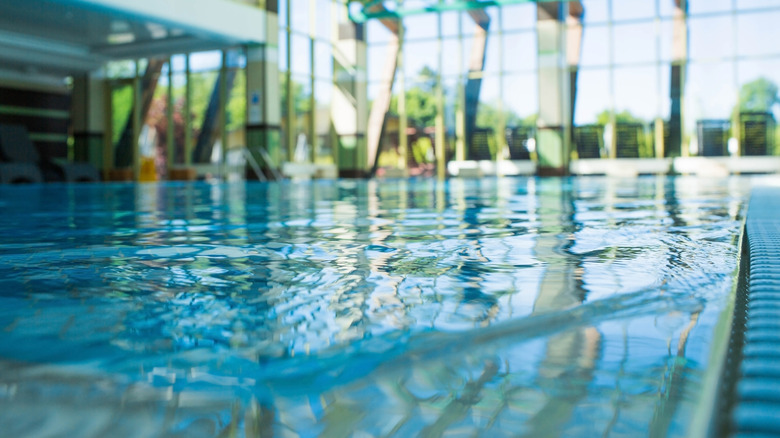
The Truth About The Deadly Transvaal Park Collapse
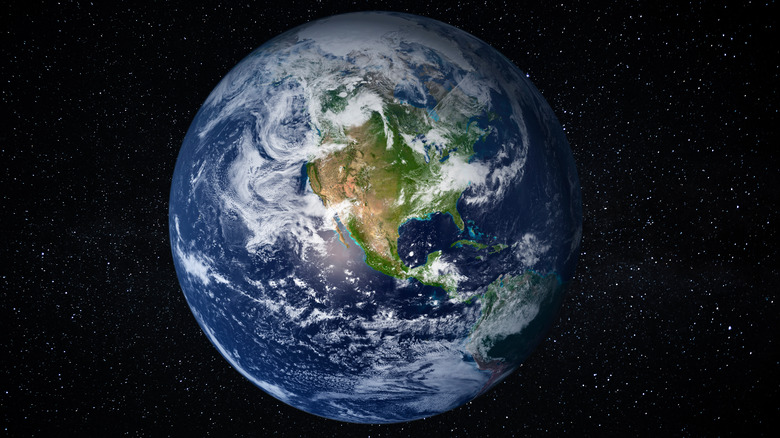
The Real Reason You Weigh Less Near The Equator
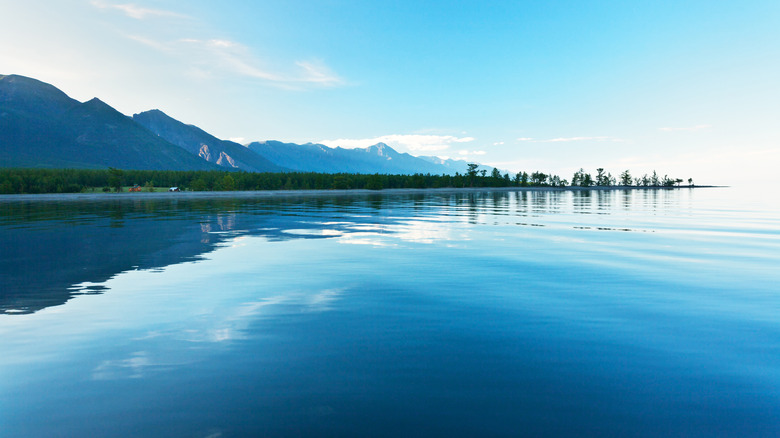
The Truth About Russia's Turquoise Ice Crystals
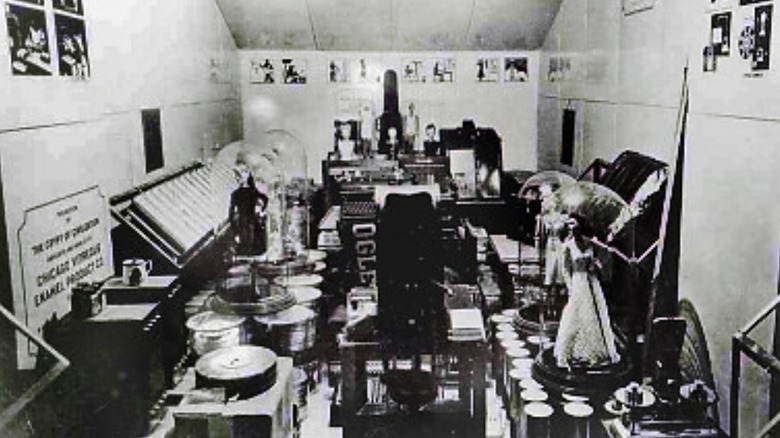
Why This Locked Crypt Won't Be Opened For Over 6,000 Years
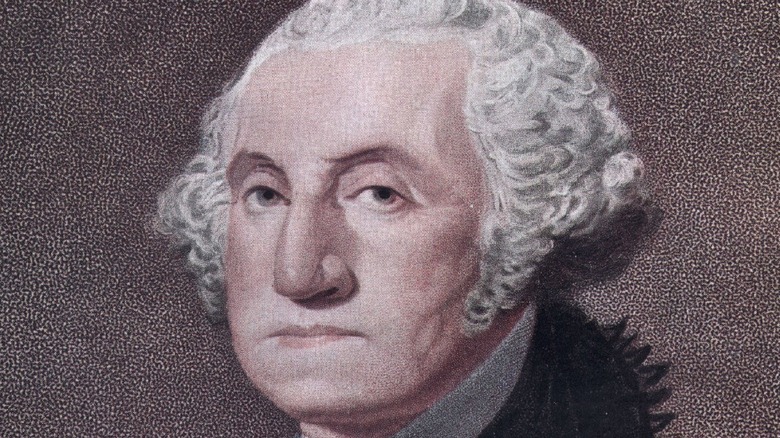
Why George Washington's Second Term Was A Nightmare
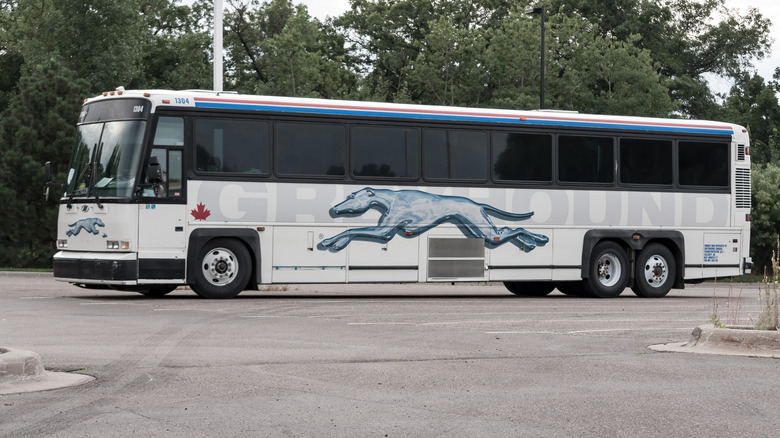
The Dark Truth Of The Greyhound Bus Murder Case

Why Many Believed Benjamin Franklin Was Actually A British Spy

The Untold Truth Of Eugene V. Debs
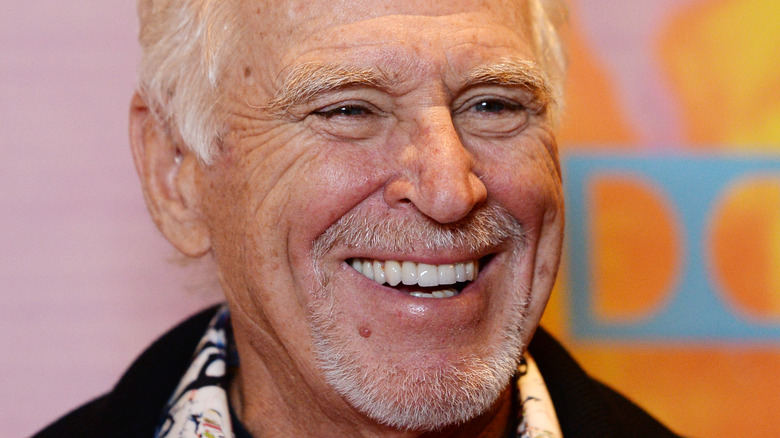
The Story Behind Jimmy Buffett's Margaritaville

What Really Ended Hulk Hogan's Wrestling Career
